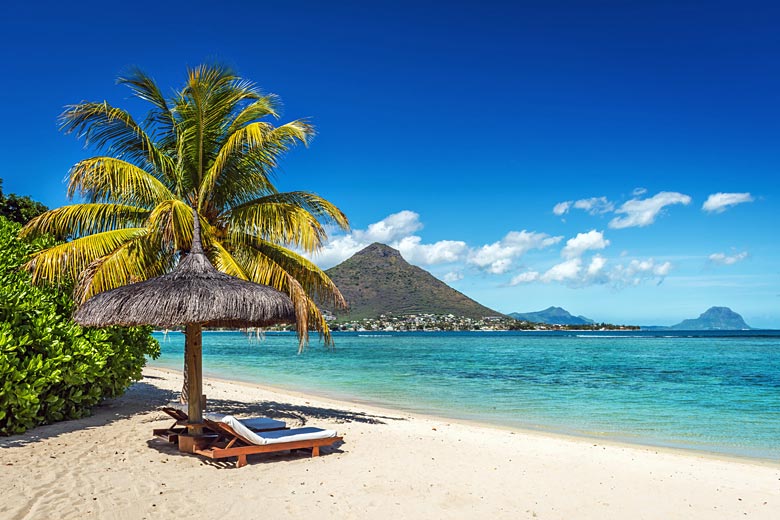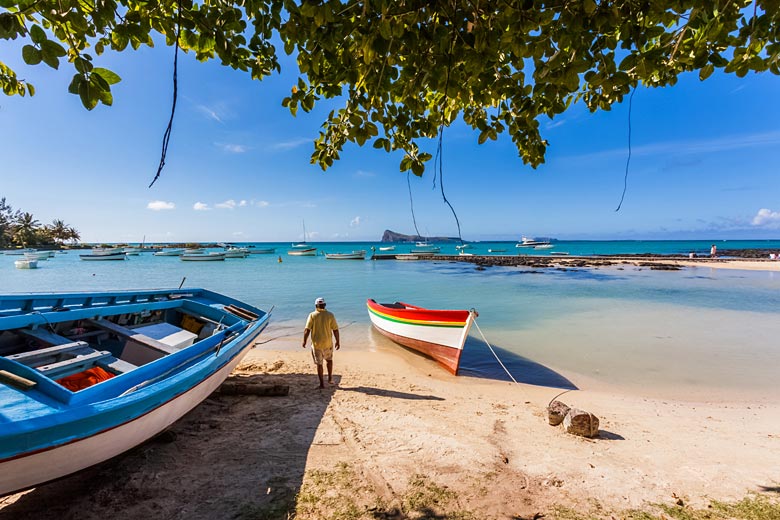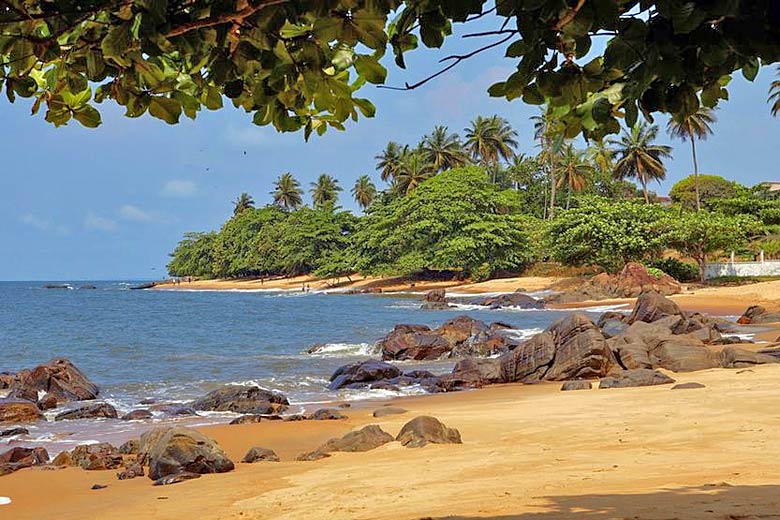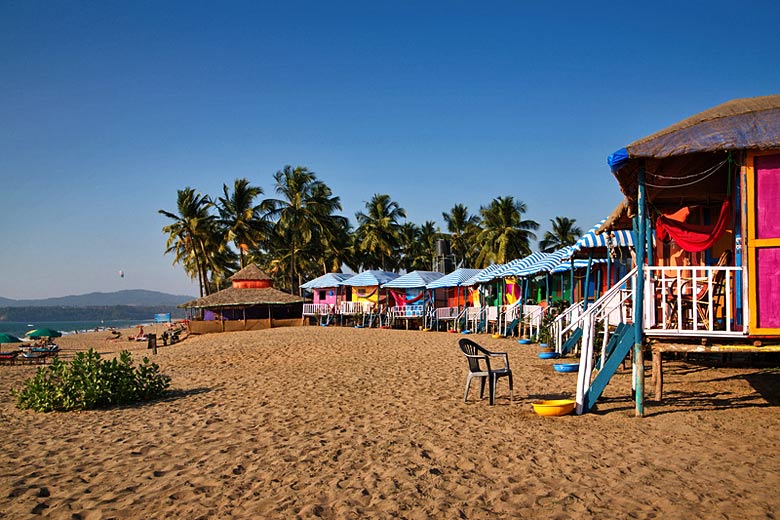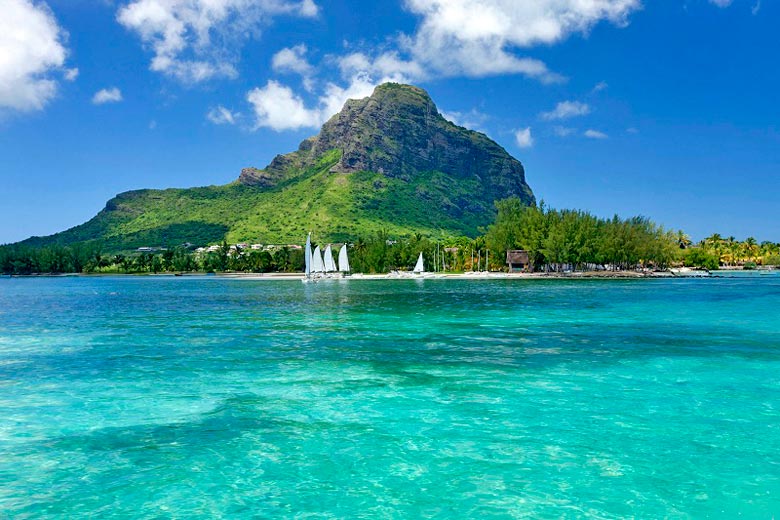- Book online with TUI & save up to 7% on holidays
- FREE child places available for select holidays
- Pay £0 deposits with direct debit & spread the cost
Mauritius weather by month
Check out Mauritius weather averages by month. Compare detailed monthly climate statistics including temperature, rainfall and sunshine figures.
| Jan | Feb | Mar | Apr | May | Jun | Jul | Aug | Sep | Oct | Nov | Dec | |
|---|---|---|---|---|---|---|---|---|---|---|---|---|
| Maximum daytime temperature °F |  86 86 |
 86 86 |
 86 86 |
 84 84 |
 81 81 |
 77 77 |
 77 77 |
 77 77 |
 79 79 |
 81 81 |
 84 84 |
 84 84 |
| Hours of sunshine (daily) | ||||||||||||
| Days with some rainfall |  17 17 |
 17 17 |
 17 17 |
 16 16 |
 14 14 |
 13 13 |
 15 15 |
 15 15 |
 12 12 |
 13 13 |
 12 12 |
 16 16 |
| Sea temperature °F |  82 82 |
 82 82 |
 82 82 |
 81 81 |
 79 79 |
 77 77 |
 75 75 |
 73 73 |
 73 73 |
 75 75 |
 77 77 |
 81 81 |
More about Mauritius
Mauritius by month
Jan Feb Mar Apr May Jun Jul Aug Sep Oct Nov Dec
Recommended for Mauritius
The climate guide for Mauritius (Port Louis) shows long term monthly weather averages processed from data supplied by CRU (University of East Anglia), the Met Office & the Netherlands Meteorological Institute. Find out more about our data sources.
Top Mauritius destinations
Below are average maximum temperatures at popular countries, regions and places in Mauritius for next month - May. Select a destination to see the climate guide for all months of the year.
All Mauritius destinations
- Bel Ombre
- Belle Mare
- Blue Bay
- Flic-en-Flac
- Grand Baie
- Grand Gaube
- Le Morne
- Port Louis
- Poste de Flacq
- Rodrigues Island
- Trou aux Biches
- Trou d'Eau Douce
Metric (°C) | Imperial (°F)
Mauritius climate overview
Known by many as home to the now extinct dodo, a large flightless bird, Mauritius is today not only one of the main commercial centres of the Indian Ocean, but also one of its most popular tourist destinations.
Despite being technically part of Africa most of the population are of Indian origin, descendants of those who came over in the mid-to-late 19th century to work on the sugar plantations.
Mauritius had no indigenous population before the arrival of the Portuguese in the 16th century. Today it is a vibrant society noted for its British political institutions, French architecture and blend of Indian, Chinese and Creole culture.
The island of Mauritius and its neighbour Reunion are both part of an ancient undersea volcanic chain. However unlike Reunion, Mauritius is no longer active and most of the evidence of volcanic activity has long since eroded away, with the exception of the odd pillar of basalt still pointing skywards.
Mauritius consists of a broken ring of mountain ranges encircling a central tableland that slopes upwards towards the south of the island. Coastal plains surround the plateau, except in the southwest where the plateau drops off steeply into the sea.
Coral reefs almost completely surround the island providing material for the white sand beaches such as at Grand Baie for which Mauritius is so famous and which are one of the islands main tourist attractions. Inland the vegetation is lush and green. Plantations of sugarcane and tea dominate the rolling countryside.
The climate of Mauritius is tropical with no dry season, although it is slightly less wet from August to November.
From November through to April daytime temperatures are warm to hot on the coast and slightly cooler at higher elevations. At sea level heat and humidity can be oppressive and November to April is also the cloudiest and wettest part of the year.
Heavy tropical downpours are common during the afternoon, particularly over high ground and in the east, especially from January to March. However even at this time of year periods of rain are relatively short-lived and there is still a great deal of sunshine.
Between January and March the probability of a cyclone passing Mauritius is also at its greatest. However in practice there is usually only one a year that comes anywhere close to the island.
From April to November temperatures are slightly lower with July and August being the coolest months. At higher elevations temperatures at night may fall as low as 15°C (59°F) and rise to 22°C (72°F) during the day. The coast is usually 2 or 3 degrees warmer with a fairly constant breeze from the south-east.
More about Mauritius
Compare Mauritius with the UK
Below the Mauritius chart shows average maximum daytime temperature for Mauritius (Port Louis) and the UK (London).
Maximum daytime temperature (°F)
Metric (°C) | Imperial (°F)
Compare more Mauritius weather >>
Be inspired
Get your weekly fix of holiday inspiration from some of the world's best travel writers plus save on your next trip with the latest exclusive offers
We promise not to share your details
Related posts
Popular travel offers
Explore holidays in the sun for less
- Beach holidays
- Family holidays
- City breaks
- Summer holidays
- Winter sun holidays
- Holiday offers
- Top travel brands
- Airlines & flights
- Discount hotels
- Airport parking deals
- TUI
- Jet2holidays
- easyJet holidays
- Love Holidays
- January sales
Airport parking
- Manchester Airport
- Stansted Airport
- Bristol Airport
- Luton Airport
- Birmingham Airport
- Edinburgh Airport
- Gatwick Airport
- Glasgow Airport
- Newcastle Airport
Airport lounges
- Manchester Airport
- Birmingham Airport
- Bristol Airport
- Edinburgh Airport
- Glasgow Airport
- Heathrow Airport
- Newcastle Airport
- Stansted Airport
- Gatwick Airport













 TUI deal finder
TUI deal finder